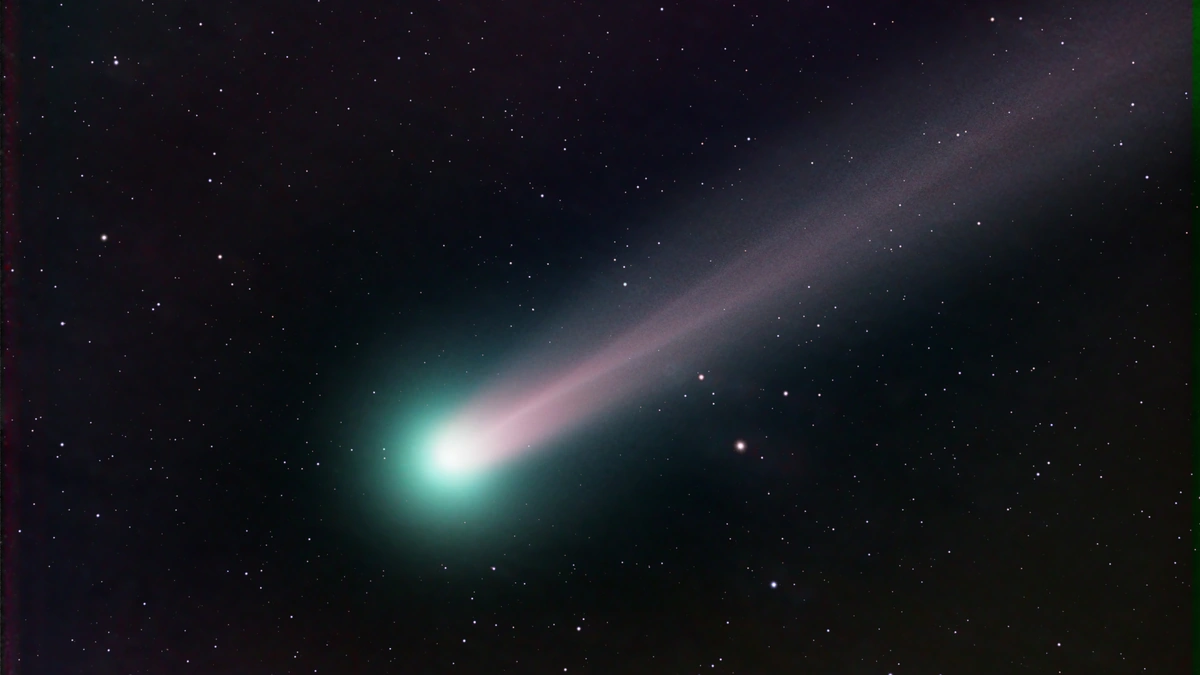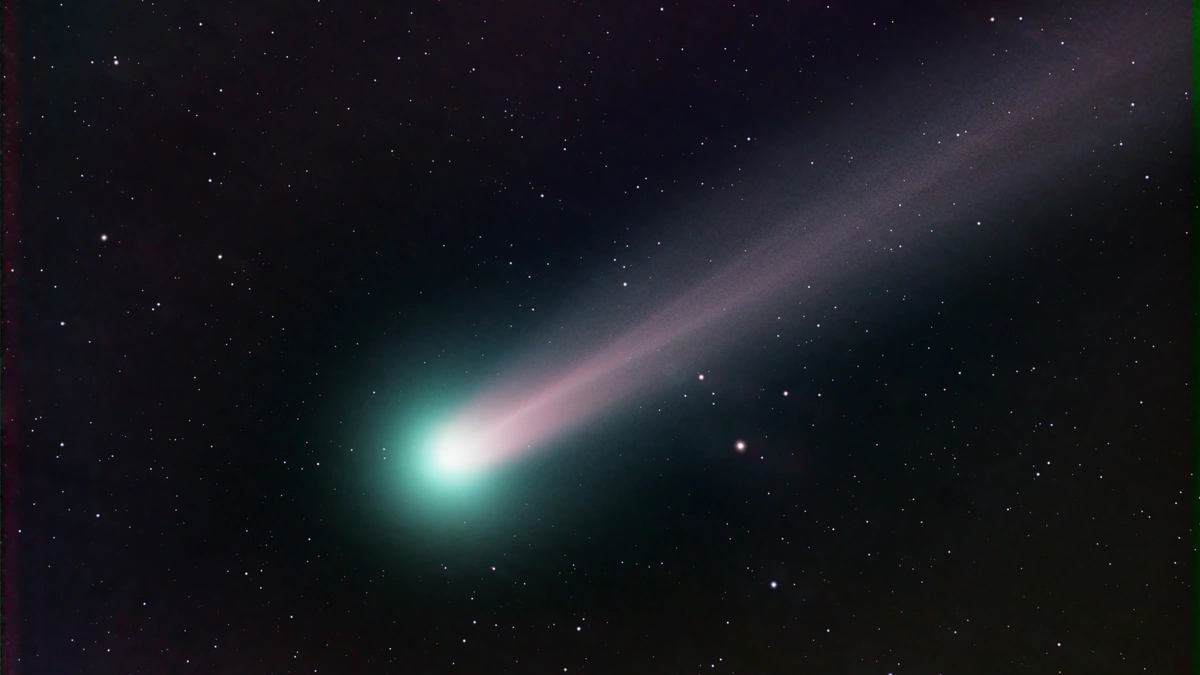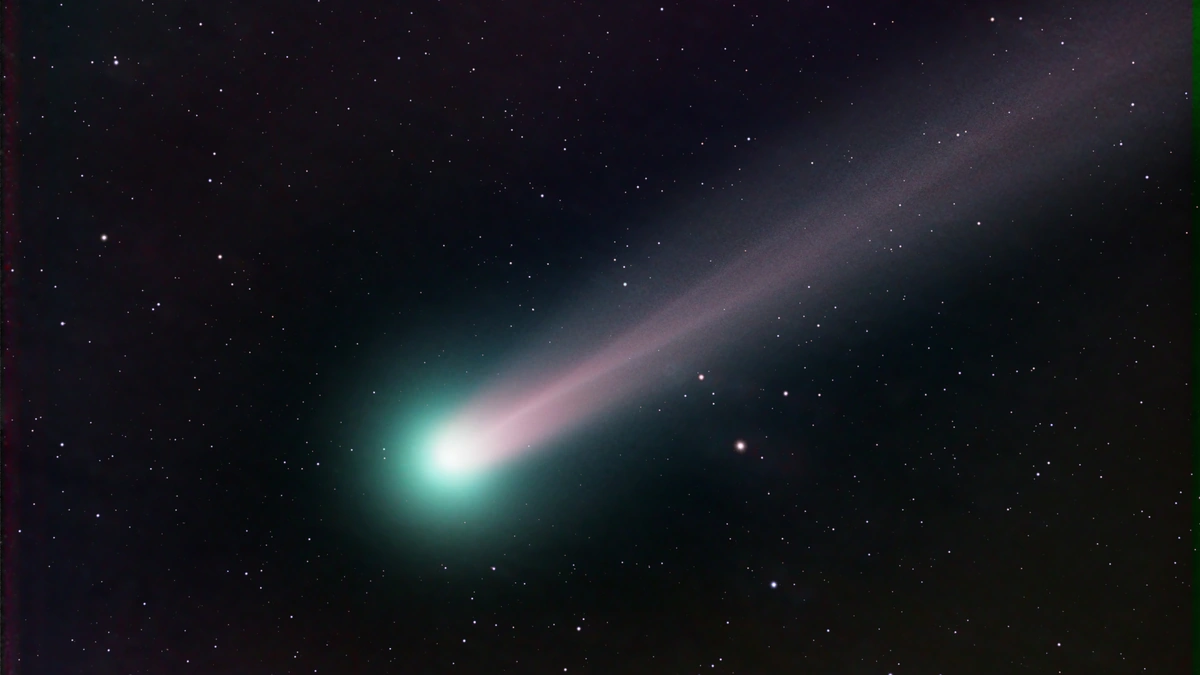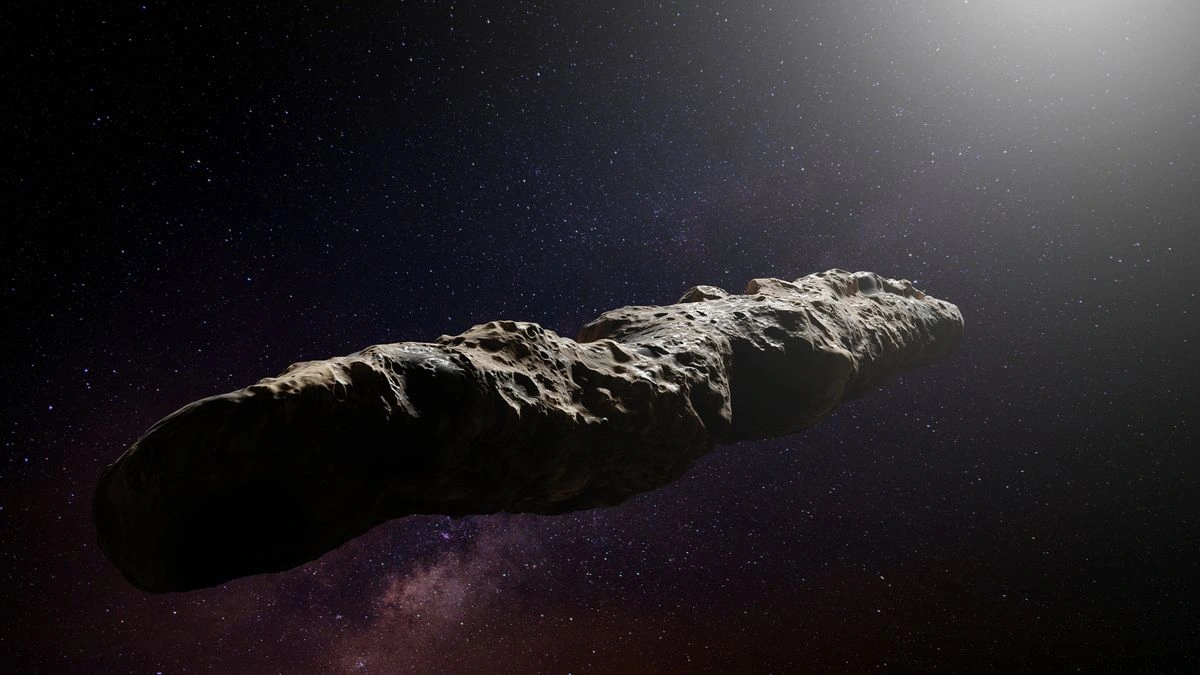Rare Comets Illuminate October Skies in Unique Celestial Event
October’s skies are putting on a show, and this isn’t your average Diwali fireworks display. We’re talking about rare comets – icy wanderers from the outer reaches of our solar system – gracing our skies. But here’s the thing: it’s not just about pretty lights. It’s about understanding our place in the cosmos, and sometimes, that understanding comes in the form of a fleeting, icy visitor. What fascinates me is not just their appearance, but the story they carry from the very beginning of our solar system.
Why This Celestial Event Matters to You
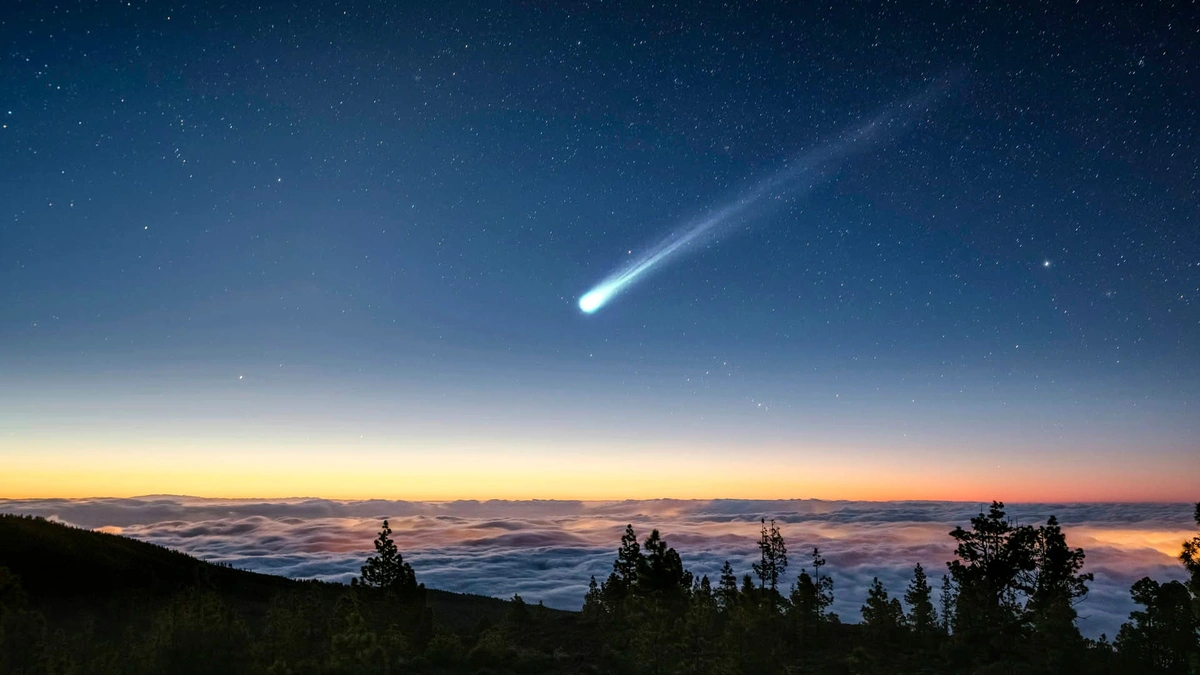
So, why should you, sitting in your cozy home in Mumbai or Delhi, care about some comets ? Well, for starters, it’s a reminder that the universe is constantly in motion, and we’re just a tiny part of it. These comets, often called ‘dirty snowballs,’ are essentially time capsules. They hold clues about the early solar system, billions of years ago. And that, my friend, is some seriously cool cosmic history.
But it gets better. This particular celestial event is unique because of the specific comets involved and their trajectories. Unlike regular meteor showers, these comets aren’t predictable. They’re like surprise guests at a cosmic party. This means you are viewing something that might not happen again in your lifetime. That’s pretty special, right?
And speaking of time capsules, scientists are keenly interested in studying the composition of these rare comets . They are hoping to find answers to questions about the origins of water and organic molecules on Earth. Did comets deliver these essential ingredients for life? It’s a big question, and observing these comets is like reading a very old book. To further enhance your understanding of celestial events, you might find National Space Day worth exploring.
How to Spot These Celestial Visitors (Even with City Lights)
Okay, so you’re sold on the idea. You want to see these rare comets for yourself. The good news is, you don’t need a fancy telescope or a trip to Ladakh (although that would be awesome). Here’s a practical guide to comet-spotting in India:
- Find a dark spot: This is crucial. City lights are the enemy. Try to get away from the brightest areas, even if it’s just to the outskirts of your city.
- Use a stargazing app: There are tons of free apps that can help you locate the comets. SkyView Lite or Stellarium are great options. Just point your phone at the sky, and the app will tell you what you’re looking at.
- Look towards the East: The comets are expected to be most visible in the eastern sky during the early morning hours.
- Be patient: It takes time for your eyes to adjust to the darkness. Give it at least 20-30 minutes.
- Use binoculars (optional): While you might be able to see the comets with the naked eye, binoculars will definitely enhance the view.
A common mistake I see people make is giving up too quickly. Don’t expect to see a blazing streak across the sky. Comets often appear as faint, fuzzy patches of light. The key is patience and persistence. You can even try to use a star chart for assistance.
The Emotional Connection | A Moment of Awe
Let’s be honest, in our busy lives, we rarely take the time to look up. We’re so caught up in our daily routines that we forget there’s an entire universe out there. I think it’s a great time to read more about the Lunar Basin Radioactive Ejecta as well. But here’s the thing: taking a moment to witness a celestial event like this can be incredibly grounding. It reminds us of our place in the grand scheme of things. It’s a moment of awe, a connection to something bigger than ourselves.
Imagine standing under the vast, starlit sky, knowing that you’re witnessing something incredibly rare and ancient. That’s the power of connecting with astronomical events. This isn’t just about science or astronomy; it’s about experiencing a sense of wonder and perspective. And sometimes, that’s exactly what we need.
As per the guidelines, make sure you get to a dark spot for better viewing, away from city lights. A good location is key to witness this spectacular event.
Understanding the Science Behind the Comets
The science behind comets is fascinating, and it adds another layer of appreciation to the experience. These icy bodies are made up of dust, rock, ice, and frozen gases like carbon dioxide, methane, and ammonia. As a comet approaches the sun, it heats up, and the ice begins to vaporize, creating a visible atmosphere called a coma. The solar wind then pushes the coma material away from the sun, forming a tail. The cometary tail can stretch for millions of kilometers.
What fascinates me is that each comet is unique, with its own composition and orbital path. Some comets visit our inner solar system regularly, while others are one-time visitors from the distant Oort cloud – a vast reservoir of icy objects located far beyond the orbit of Pluto. Scientists study the spectral lines of sunlight reflected by the comet to understand its composition. This tells us about the origin and formation of our solar system.
FAQ | Your Comet Questions Answered
Frequently Asked Questions
Will I need a telescope to see the comet?
Not necessarily, binoculars will work fine. Go to dark spot for better visibility.
What time of night should I look for the comet?
Early morning hours are best, look towards the East.
What if I can’t find a dark spot?
Try looking at the night sky during a new moon. The darker skies will help you see the comets.
How long will the comets be visible?
This can vary, so stay updated with astronomy news!
Where can I find the latest updates about the comet’s visibility?
Check reputable astronomy websites for current information.
So, as you look up at the October skies, remember that you are not just looking at pretty lights. You’re witnessing a piece of cosmic history, a reminder of the vastness and wonder of the universe, and maybe, just maybe, a clue to our own origins. And isn’t that something worth pausing for?
